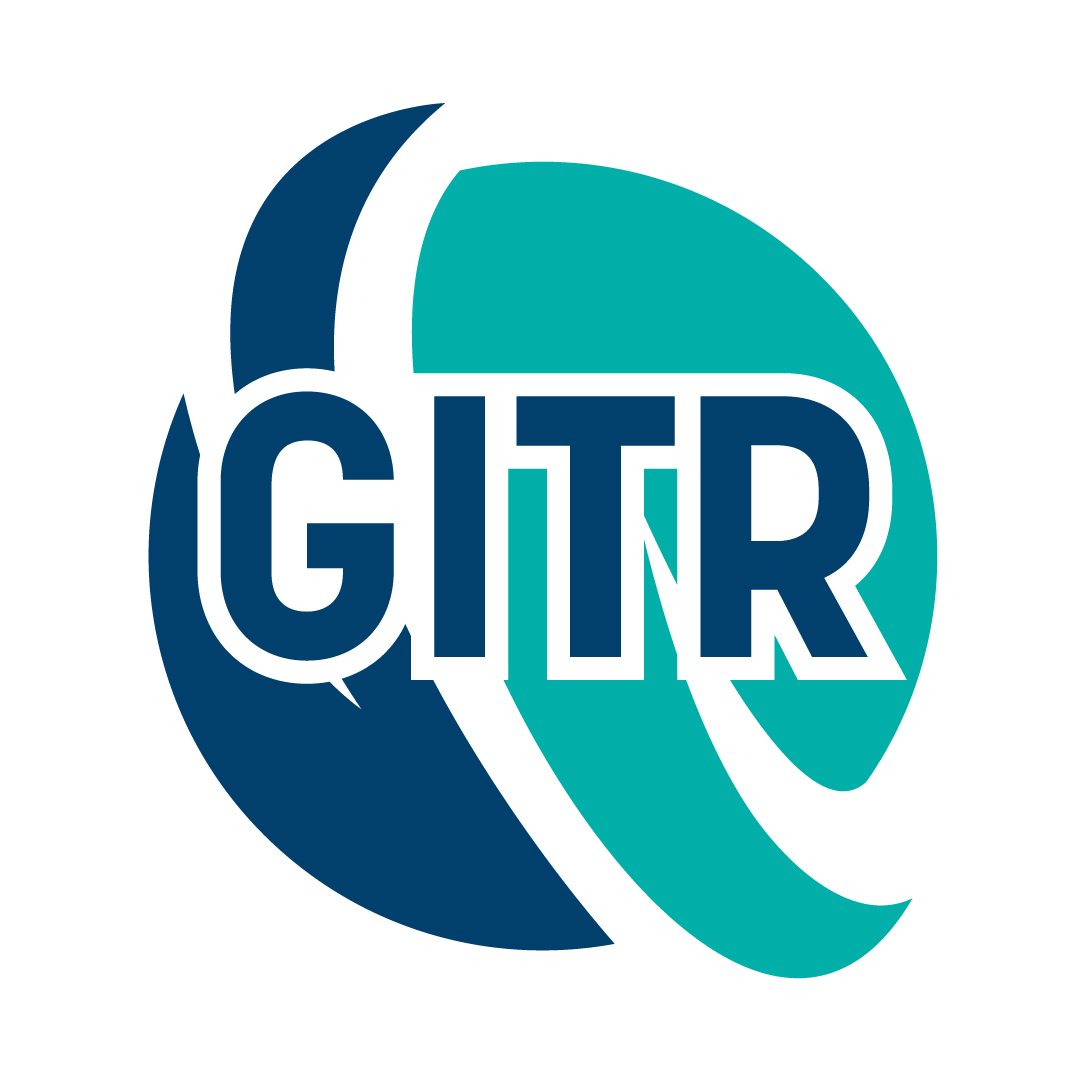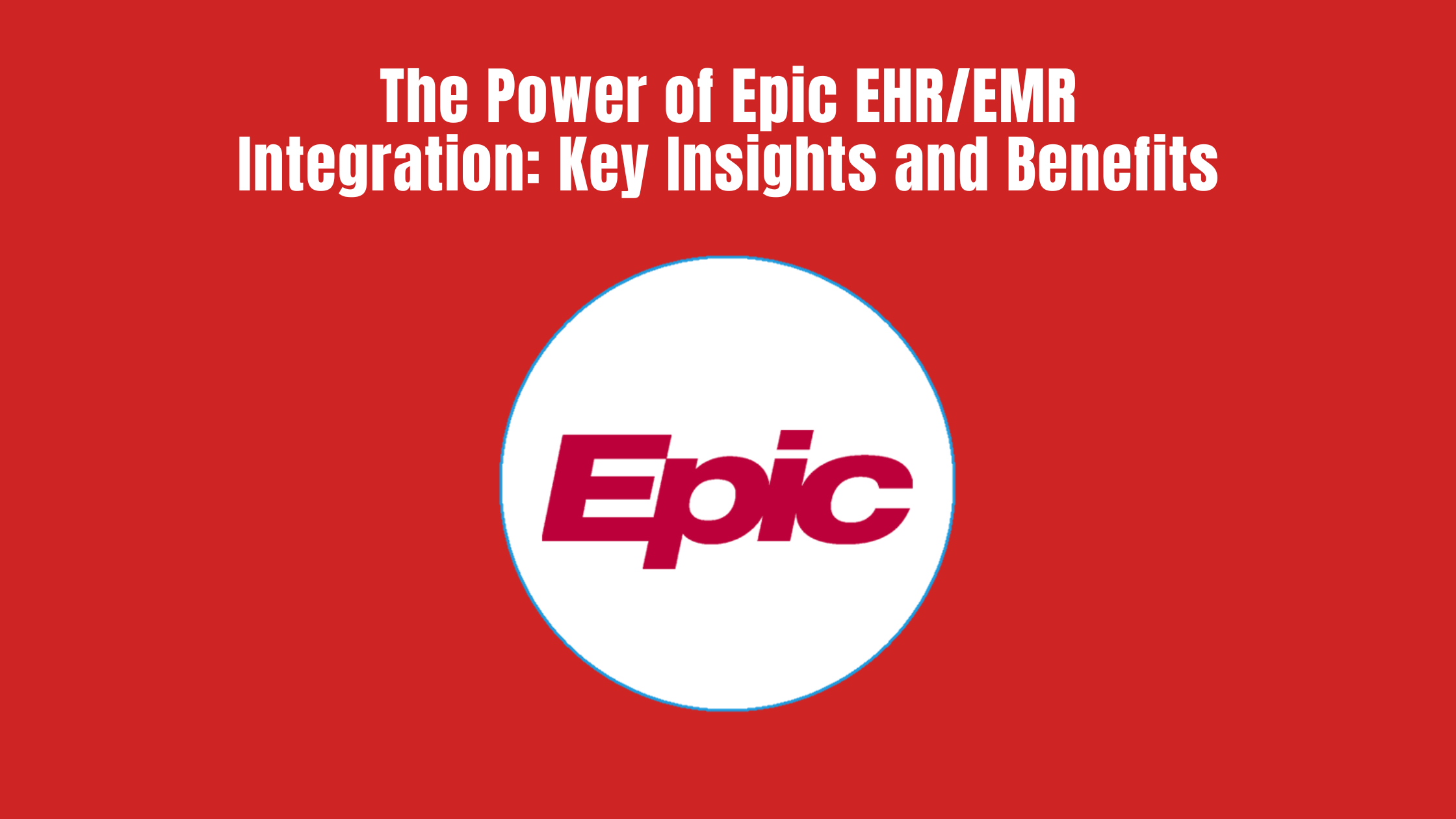
Reduce Physician Burnout (With EHR) in 3 Steps
Electronic health records (EHR) were created to use as a tool to help benefit the hospital’s workflow and patience experience (at the same time as generating/collecting data that can be used both nationally and locally). But throughout the years since 2011 to now, the AMA has noticed that physicians have reported burnout at a rate between 44-50%. Burnout in physicians are more than likely to commit medical error and those errors have been responsible for 100,000 to 200,000 deaths each year.
Reliant Medical Group (RMG), a group practice in Massachusetts, have defied these odds. Instead of reporting negative statistics they have adapted and found EHR to be more useful in improving their team and patient experience. RMG scored the highest in the nation with their EHR implementation scores. They scored 59% which is above the national average. The group practice was also ranked in the 97th percentile in 2016.
What are 3 steps that your facility/practice can follow to help reduce physician burnout?
- Establish EHR Team with Clinical and Technical Competencies
- At RMG, their team consist of 5 physicians, 1 physician assistant and a nurse. They work alongside the IT team which consists of 12 people. The group all meets weekly to make decisions and any changes needed to adapt to the workflow. We also went over in another article on why having an “EMR Happy Hour” is important.
- This team created “One-click orders,” which are “common orders that already include the time frame in which it is to be completed and an associated diagnosis code.” This has dramatically reduced the number of incorrectly placed orders for imaging studies.1
- Automate Tasks When Possible
- Reliant is always looking to find proficient shortcuts to help their staff and patients. They created a system that can automatically gather and share information to make visits easier. All reports, x-rays, documents, patient claims and any other notes go directly into their EHR system.
- Assign Tasks to Person Whose Role Incorporates Those Duties
- Reliant has also noticed their biggest problem for physician burnout: documentation. With proper documentation there is an improvement in efficiency, workflow and patient care. Make sure you are assigning the correct roles with gathering the correct information needed. For instance, a medical assistant will be responsible for gathering the general information from the patient before they see the doctor. Information includes: patient data, vital signs, medications and any complaints.
Reliant Medical Group has adapted strongly with EHR and continue to find ways to improve their system. If you are looking to implement an EHR at your hospital/practice, make sure you know of the challenges that come with it and the solutions that could enhance your hospitals transition.
This article was created by Stephanie Sok, Business Researcher, Global Healthcare IT, Inc. and the following base line articles: For more on each please click on the link.
Stephanie can be reached on ssok@globalhit.com.
AMA1


